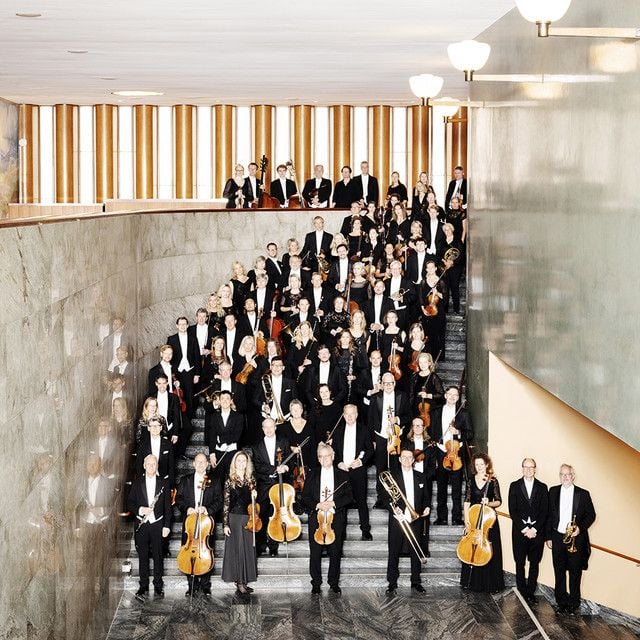The Danish National Symphony Orchestra (or DNSO) has gained prominence befitting its name, and has spawned the international careers of several important Danish and non-Danish conductors. For many years the group was known as the Danish National Radio Symphony Orchestra or Danish Radio Symphony Orchestra, and its origins were in the 1920s, but its history is only partly intertwined with that of radio broadcasting in Denmark.
The DNSO was originally founded in 1925 by a group of musicians led by singer Emil Holm. There were only 11 players in the group, although that soon rose to 30 and to more than 90 by the late '40s. The new orchestra's conductor was Launy Grøndahl. Unusually, he took no formal title, and the orchestra had no principal conductor until Herbert Blomstedt assumed the title in 1967. By 1928, the DNSO was giving weekly concerts, and in 1931, those moved to the Royal Danish Theatre. An impetus to the orchestra's artistic growth was the work of Fritz Busch, who worked with local conductor Nikolai Malko during the late '30s and the World War II years after his exile from Germany. Danish Radio conductor Mögens Wöldike often conducted performances by the symphony and led the group in a number of recordings.
Blomstedt, an American of Swedish background, was just one of the conductors in whose careers the DNSO has played a part. He served as principal conductor from 1967 to 1977, and he gained acclaim for the orchestra with performances of the symphonies of Carl Nielsen. (The orchestra has naturally specialized in Danish music but has by no means restricted itself to that repertory.) Blomstedt has retained the title of honorary conductor and continues to perform with the group. Other major conductor names in the orchestra's history include Leif Segerstam (1988-1995), Thomas Dausgaard (2004-2011), and Rafael Frühbeck de Burgos (2012-2014). Fabio Luisi became the DNSO's chief conductor in 2017 and continued to hold that position as of the early 2020s. The orchestra has also had a composer-in-residence, Søren Nils Eichberg.
Dausgaard and Luisi raised the orchestra's profile on recordings with a series of releases on the Dacapo and EuroArts labels, many of them devoted to lesser-known Danish composers. These recordings have often been led by guest conductors; in 2018, the orchestra and the Danish National Concert Choir released a recording of the large-scale but little-known cantata Comala by Niels Gade (1846), and this was conducted by Laurence Equilbey. The following year, the orchestra ventured into the growing field of video game music with the album Gaming in Symphony. The Danish National Symphony Orchestra remained active through the COVID-19 pandemic, releasing a pair of albums in 2022: Luisi led a performance of Carl Nielsen's Symphonies Nos. 4 and 5, while Bent Sørensen: The Island in the City was conducted by star Jukka-Pekka Saraste. ~ James Manheim, Rovi

















